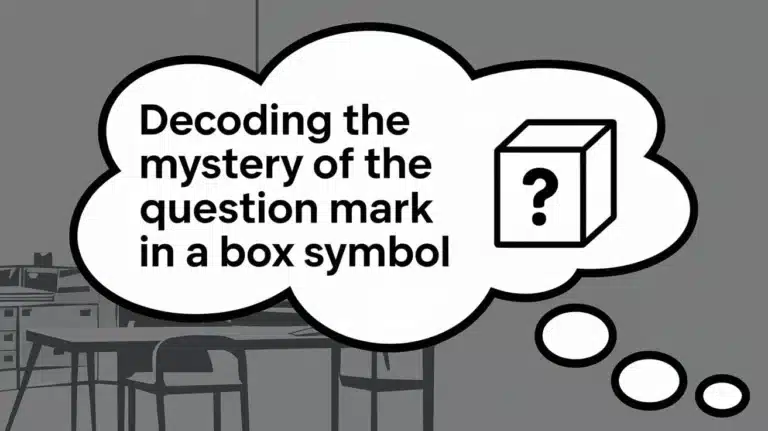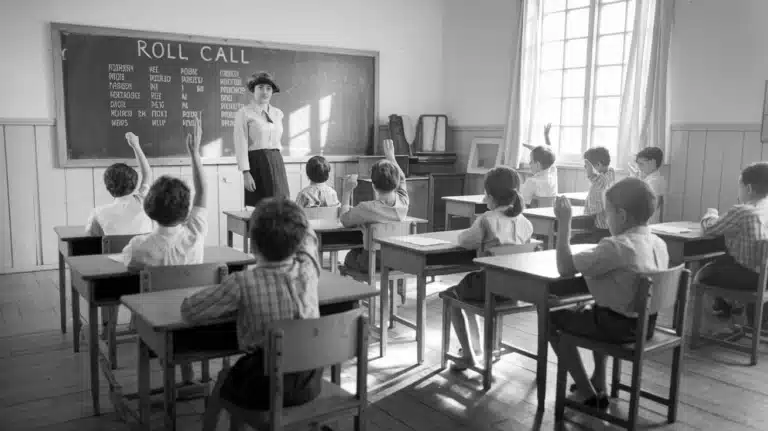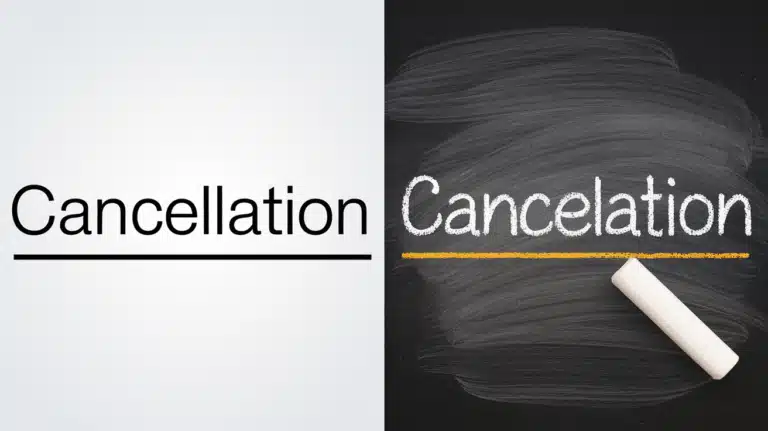Tying or Tieing: Clearing Up the Confusion
Ever found yourself second-guessing whether you should write “tying” or “tieing”? You’re not alone. This seemingly simple word has tripped up writers for years, causing confusion and debate in both casual conversations and formal writing. Today, we’re going to untangle this linguistic knot once and for all, giving you the confidence to use the correct form every time.
The Great Spelling Showdown: Tying vs. Tieing
Let’s face it: English can be a real head-scratcher sometimes. With its myriad rules and exceptions, even native speakers often find themselves scratching their heads over certain spellings. The “tying” vs. “tieing” dilemma is a prime example of how our language can keep us on our toes.
This confusion isn’t new. For decades, writers have grappled with the correct spelling, leading to heated discussions in grammar forums and heated debates among language enthusiasts. But why does this particular word cause such a stir?
“To tie or not to tie, that is the question. But to spell it correctly? That’s the real challenge.” – Anonymous Wordsmith
The root of the problem lies in our natural inclination to follow patterns. Many English words that end in “-ie” keep both letters when adding “-ing” (like “die” becoming “dying”). However, “tie” breaks this mold, dropping the “e” to become “tying.” This exception to the rule is what trips up many writers.
Tying: The Champion of Correct Usage
Let’s set the record straight: “Tying” is the correct spelling. This present participle and gerund form of the verb “tie” has been the standard in English for centuries. Its etymology traces back to the Old English “tēag,” meaning “rope” or “chain.”
As language evolved, so did the spelling of “tying.” By the Middle English period, it had taken on forms closer to what we use today, such as “teying” and “tying.” Eventually, it settled into the modern “tying,” which has stood the test of time.
Why “Tying” Reigns Supreme
- Historical precedence: Recognized by major dictionaries and style guides
- Consistent usage: Employed in formal and informal writing across English-speaking countries
- Rule adherence: Follows the pattern of dropping the “e” before adding “-ing” to words ending in “ie”
Tieing: The Persistent Challenger
Despite the clear-cut case for “tying,” many writers still find themselves gravitating towards “tieing.” But why does this misspelling persist?
- Pattern recognition: Our brains often default to keeping the “ie” in words ending with “-ie”
- Visual similarity: At a glance, “tieing” can look correct to an untrained eye
- Regional variations: Some dialects or informal writings may use “tieing,” perpetuating its usage
It’s crucial to remember that while “tieing” might seem logical, it’s not accepted in standard English. Using it in formal writing or professional contexts could undermine your credibility.
Read More About : Truly or Truely – Which One Should You Use?
The Rules of the Game: Verb Conjugation
To truly understand why “tying” is correct, we need to delve into the rules of verb conjugation. Generally, when forming the present participle or gerund of a verb ending in “-ie,” we drop the “e” and add “-ing”:
- Lie → Lying
- Die → Dying
- Tie → Tying
This rule helps explain why “tying” is correct, despite our instincts sometimes telling us otherwise.
Tying in Action: Real-World Examples
To cement your understanding, let’s look at how “tying” is used in various contexts:
- Literature:
“He was tying his shoelaces when the phone rang.” – Stephen King, “The Dead Zone” - Business:
“We’re tying up loose ends before the merger.” - Sports:
“The player was tying his cleats before the big game.” - Cooking:
“Tying herbs together in a bouquet garni adds flavor without leaving bits in the soup.” - Social media:
“Just learned the art of tying a Windsor knot! #adulting #fashiontips”
In each of these examples, “tying” is used correctly as the present participle or gerund form of “tie.” It’s a versatile word that, when used correctly, can significantly enhance your message.
When Spell-Check Fails: The Tieing Trap
In our digital age, we often rely on spell-checkers to catch our mistakes. However, these tools aren’t infallible. Some may not flag “tieing” as an error, especially if the dictionary hasn’t been updated or if the software uses a non-standard word list.
This highlights the importance of developing your own spelling skills rather than relying solely on technology. After all, a truly polished piece of writing comes from a well-trained mind, not just a well-programmed algorithm.
Memory Tricks: Never Misspell “Tying” Again
Struggling to remember the correct spelling? Try these memory tricks:
- “Tying” has no time for extra letters: This phrase can help you remember to drop the “e”
- **”TY-ing the knot”: Emphasize the “TY” sound when saying it to reinforce the spelling
- **Visualize crossing out the “e” in “tie” before adding “ing”
Beyond Spelling: The Impact of “Tying” in Communication
Using “tying” correctly isn’t just about spelling; it’s about effective communication. This word carries precision and clarity in various contexts. When you use it correctly, you’re showing your reader or listener that you have a strong command of the language.
Consider these examples:
- “He was tying his tie.” vs. “He was tieing his tie.”
- “The company is tying up loose ends.” vs. “The company is tieing up loose ends.”
The correct usage of “tying” in these sentences demonstrates attention to detail and linguistic accuracy.
Cultural Variations: “Tying” Around the World
While “tying” is the standard spelling in English-speaking countries, it’s interesting to note how other languages express this concept:
| Language | Word for “Tying” | Literal Translation |
|---|---|---|
| French | Attacher | To attach |
| Spanish | Atando | Tying |
| German | Binden | To bind |
| Italian | Legando | Tying |
| Japanese | 結ぶ (Musubu) | To tie |
This global perspective reminds us of the universal need to express the act of tying across cultures.
The Tying Test: Quick Quiz to Cement Your Knowledge
Let’s put your newfound knowledge to the test:
- Which is the correct spelling?
a) Tieing
b) Tying - When forming the present participle of “tie,” what happens to the “e”?
a) It’s kept
b) It’s dropped - In the sentence “He was _ his shoes,” which is correct?
a) tieing
b) tying - Which tool should you not rely on exclusively for correct spelling?
a) Your memory
b) Spell-checker - The word “tying” is derived from which language?
a) Old English
b) Latin
(Answers: 1.b, 2.b, 3.b, 4.b, 5.a)
Tying It All Together: Mastering the Art of Correct Usage
As we reach the end of our journey through the “tying” vs. “tieing” landscape, let’s recap the key points:
- “Tying” is the correct spelling, backed by centuries of usage and linguistic evolution
- “Tieing” is a common misspelling that should be avoided in formal writing
- Understanding verb conjugation rules can help prevent spelling errors
- “Tying” adds precision and clarity to your communication
- Developing strong spelling skills goes beyond relying on digital tools
Armed with this knowledge, you’re now equipped to use “tying” with confidence. Remember, mastering these nuances of language isn’t just about being correct—it’s about communicating clearly and effectively.
FAQ: Answering Your Burning Questions About Tying vs. Tieing
Q: Is “tieing” ever correct?
A: No, “tieing” is not considered correct in standard English. Always use “tying.”
Q: Why do some people still use “tieing”?
A: It’s often due to confusion with other “-ie” words or simply habit. However, it’s important to use the correct form, especially in formal writing.
Q: Are there any exceptions where “tieing” might be acceptable?
A: While some very informal or dialectal uses might employ “tieing,” it’s best to stick with “tying” in all contexts to ensure clarity and correctness.
Q: How can I remember the correct spelling?
A: Think of the phrase “tying the knot” or remember that “tying” rhymes with “flying.”
So, the next time you’re about to write “tieing,” pause for a moment. Think back to what you’ve learned here. Choose “tying,” and know that you’re not just spelling correctly—you’re truly elevating your writing to new heights of precision and impact. After all, when it comes to language, it’s all about tying up those loose ends!







